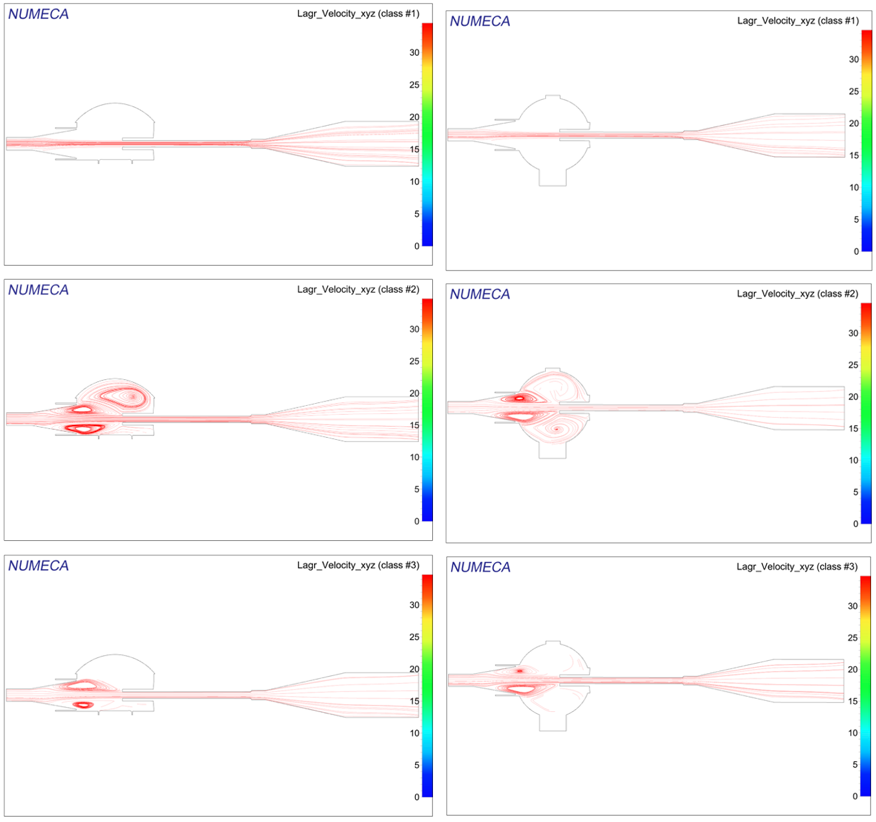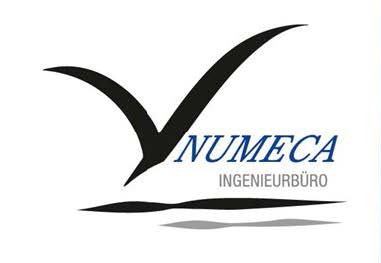Particle counters and the COVID-19 pandemic
Particles Counter | Particle Tracking | Pressure-base Solver | Flowfield Physics
The COVID-19 pandemic has brought into sharp focus the need to understand transmission mechanisms of respiratory viruses. Understanding transmission mechanisms requires study on three broad fronts: identification of virus transmission paths; establishing how the virus circulates; and, experimental validation of transmission and circulation models. Prior to the spread of COVID-19, in preparation for an anticipated influenza pandemic, the scientific community has shown that the short-range aerosol route is an important, though often neglected, virus transmission path.
Industry trade associations are collaborating to develop guidelines on how aerosol particles circulate through a building. To aid in their work, the trade associations are studying data provided by research groups who work in collaboration with particle counter manufacturers. Particle counters, typically used to measure the number of airborne particles in cleanrooms, research labs, and operating rooms, are now emerging as a technology that can help in determining behavior of aerosols.
A challenge that particle counter manufacturers are addressing is the characterization of the aerosol particles that carry the COVID-19 virus. When an infected individual sneezes, coughs or breathes, aerosol particles of water are expelled. The virus travels suspended in these particles. Since these are water particles, they evaporate over time and, therefore, particle size changes. Hence, particle counter manufacturers are challenged to measure the number of particles, especially as those particles change size.
Accurately measuring the number and size of aerosol particles carrying the COVID-19 virus is critical to the validation of any transmission or circulation model. In response, Particles Plus®, an engineering and manufacturing company located in Stoughton, Massachusetts, sought to apply computational fluid dynamics (CFD) and single-particle tracking simulations the analysis of the flow-field within a particle counter. The company selected AGS Consulting, LLC to partner with, because of their reputation for product design and optimization. They selected NUMECA to perform the CFD analysis, because of their reputation for simulation tools that accurately predict real-world product performance.
Working collaboratively with AGS Consulting, LLC and NUMECA, Particles Plus® commenced development of their next generation of particle counters.
Methodology
The numerical process adopted comprised two steps: first, modeling the particle counter flow-field that constitutes the particles’ support media; second, calculating the trajectory of particles as they pass through the particle counter.
Due to the complexity of the geometry, engineers at NUMECA chose to work with FINE™/Open with OpenLabs, using the unstructured meshing capabilities of Hexpress™. First, for comparison with experimental results, flow-field simulations were run in FINE™/Open to predict pressure-drop through the particle counter. Here a pressure-based solver was used, which is faster and more accurate for incompressible flow-field simulations.
Single particle tracking was used to predict the trajectory of different sized particles through the particle counter. Particles were launched from the inlet, and trajectories calculated as they passed through the particle counter chamber.
Two assumptions were made when calculating trajectory:
- Particle trajectory is driven by the flow-field within the particle counter, but particles do not have a significant impact on the flow-field. The particle-to-air ratio is considered low enough for this one-way coupling approach to be assumed valid.
- Particle-to-particle interaction is neglected. Again, the particle-to-air ratio is considered low enough for this approach to be assumed valid.
Simulation Results
Horizontal and vertical cutting planes through the particle counter were defined and particle trajectories mapped onto each plane. The trajectories of Class 1, 2 and 3 particles were studied over the vertical plane, with each class of particle behaving differently:
- The Class 1 (5.0 micrometer) particles pass through the chamber.
- The Class 3 (0.3 micrometer) particles recirculated in the vicinity of the chamber exit. However, they do not migrate back into the main body of the chamber.
- The Class 2 (1.0 micrometer) particles both recirculated in the vicinity of the chamber exit and, critically, do migrate back into the main body of the chamber.
When particle trajectory was studied over the horizontal cutting plane, particle trajectories were concluded to be similar, with the exception of Class 2 particles. The Class 2 particles exhibited a more intense recirculation at the exit of the chamber. The intensity of this recirculation was tentatively concluded to be driving migration of Class 2 particles back into the main body of the chamber.
Conclusions
Overall, AGS Consulting, LLC and NUMECA collaborated with Particles Plus® to develop an experimentally validated CFD simulation of the flow-field within a particle counter. This simulation was used to identify that large, medium and small particles behave differently as they pass through the particle counter. The two-step transfer of 1.0 micrometer particles from inlet-jet to exit-recirculation and then exit-recirculation to main-chamber recirculation, was not anticipated.
This insight into particle counter flowfield physics, and the associated physical mechanisms at play within the particle counter, have provided Particles Plus® with the basis for an on-going project aimed at identifying critical particle sizes prone to recirculation, and the optimization of particle counter geometry to minimize that recirculation.
Author
Geoff Sheard, President, AGS Consulting, LLC
Products
 Figure 1 : Particle trajectories presented over two planes through the center of the particle counter - 3D streamlines showing particle trajectories
Figure 1 : Particle trajectories presented over two planes through the center of the particle counter - 3D streamlines showing particle trajectories  Figure 2: Predicted trajectories for each class of particle over Cut 1 (left) and Cut 2 (right)
Figure 2: Predicted trajectories for each class of particle over Cut 1 (left) and Cut 2 (right)  Table 1 : Definition of Class 1, Class 2 and Class 3 particles (respectively 5.0, 1.0 and 0.3 micrometers diameter) used in the particle tracking simulation. As particle diameter reduces, the number of particles increases logarithmically
Table 1 : Definition of Class 1, Class 2 and Class 3 particles (respectively 5.0, 1.0 and 0.3 micrometers diameter) used in the particle tracking simulation. As particle diameter reduces, the number of particles increases logarithmically 